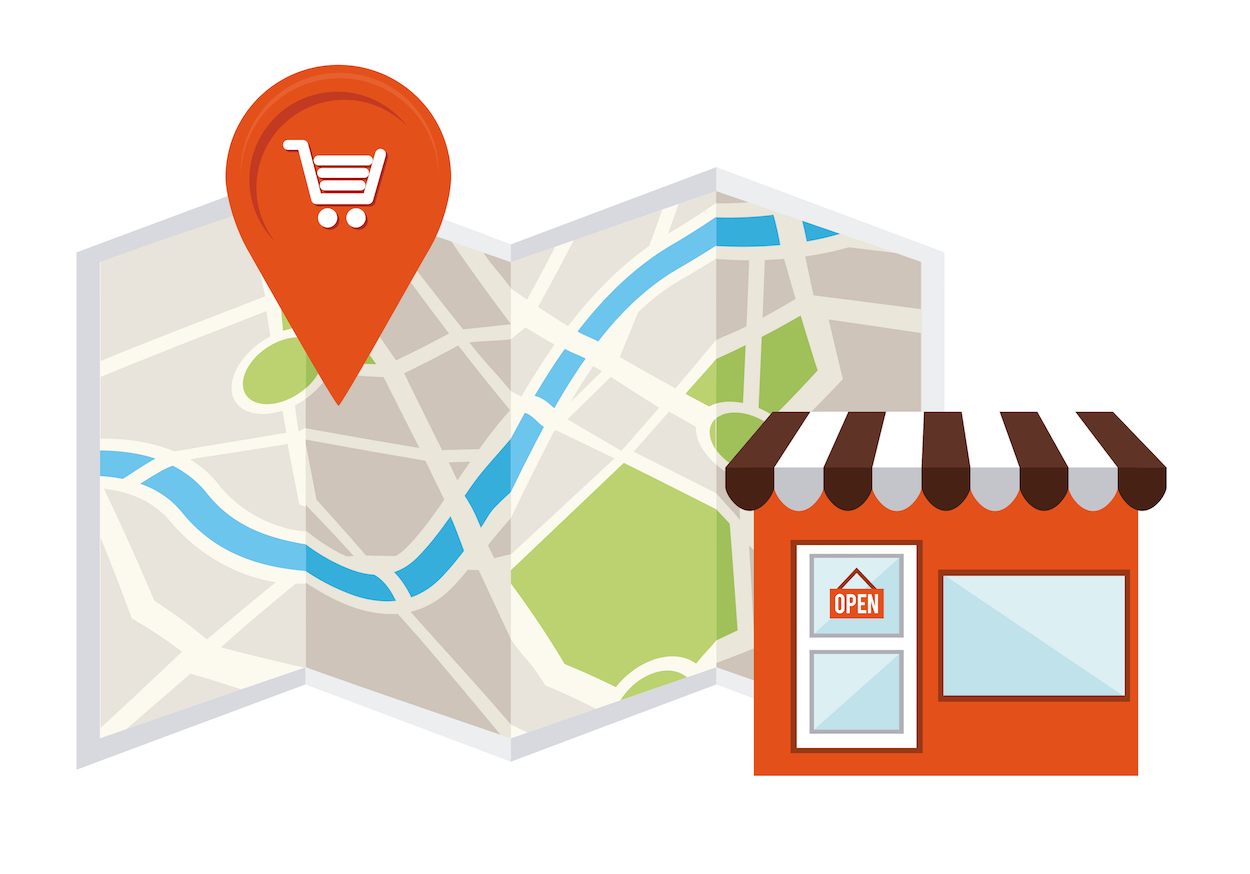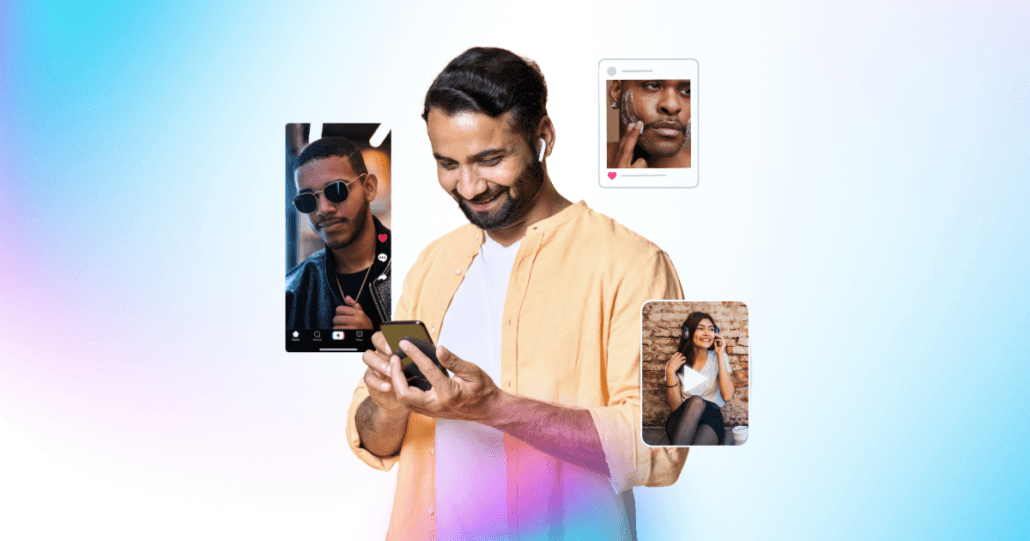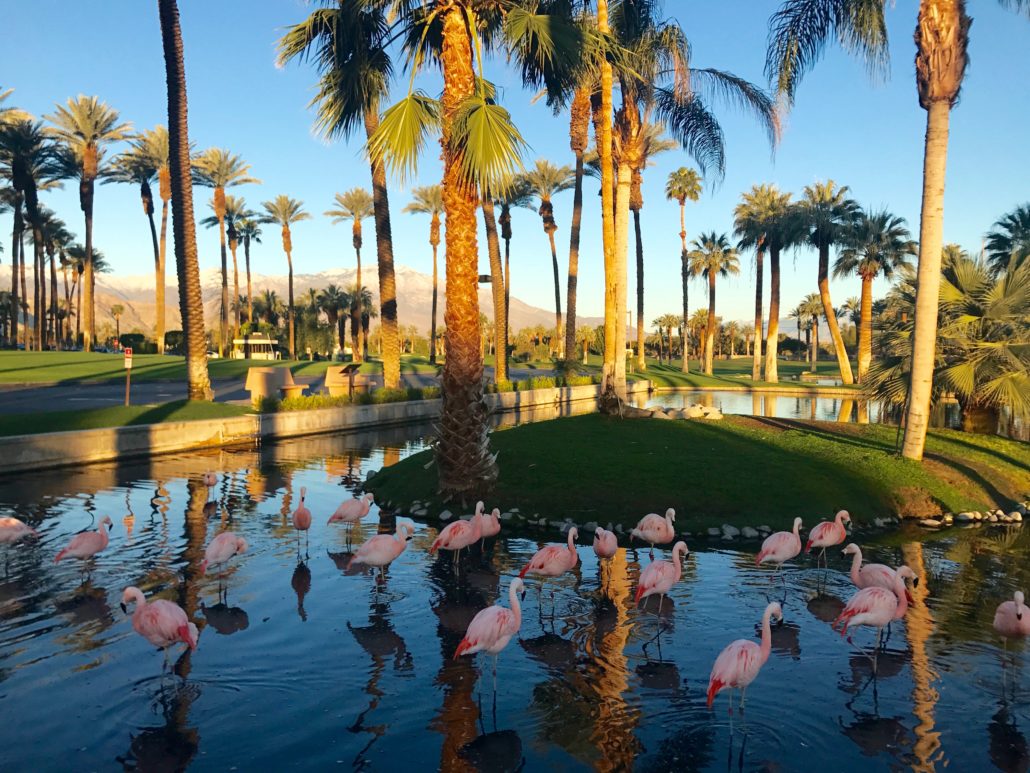February 28, 2017
We’d like to introduce a new series penned by our Content Acquisition Partner Program (CAPP) members — up first: Karisa Macias, Marketing Director for Rio SEO.
As consumers increasingly search online for solutions to their immediate and often local needs, the opportunity for savvy brick-and-mortar businesses has never been greater. Marketers are on to it, though; competition is increasing, and local search engine results pages (SERPs) are becoming more crowded. In fact, brands plan to increase their spend on targeting local audiences by $17.1 billion from 2015 to 2020, while local SMBs will invest an additional $10.6 billion.
Today, your company’s interaction with an in-store consumer begins long before your location is plugged into their GPS app. It’s often a meaningful online connection that brings them in-store. How can you convert your online searchers to in-store shoppers? Start by incorporating these 4 best practices into your local marketing mix to increase your online visibility, engage consumers in the moments that matter, and ultimately drive in-store traffic.
1. Enable authentic consumer-generated content (CGC)
It’s incredibly difficult for a brand to build consumer trust without the backing of other consumers. In recent research, Bazaarvoice found that, on average, online shoppers who interact with review content on product pages show a 58% higher conversion rate, a 62% increase in revenue per visit, and a 3% rise in average order value, compared to visitors who do not interact with reviews. Another study specific to reviews for local businesses found that online reviews impact 67.7% of respondents’ purchasing decisions.
Each month, the Bazaarvoice Network sees 590 million unique shoppers. When those shoppers click through on a search result to visit your website, are you immediately building trust with reviews?
Rio SEO integrates your authentic CGC with your local landing pages by way of ratings and reviews, Q&A, and social content including video and images. Consumers are greeted with highly local and relevant content, setting the stage for a meaningful and engaging brand experience — the kind that converts.
2. Share localized offers
Consumers crave savings. In fact, an Accenture survey conducted just before the 2016 holiday season found that 44% of shoppers say they will rarely or never pay full price for purchases.
Search engines are designed to provide relevant local results. Showcase your local top sellers, offers, unique gifts, and more on location pages. With our Local Pages, you can give local managers the ability to populate their landing page with relevant local content rather than generic, brand-wide offers alone. Your customers will appreciate the personalized touch.
3. Stand out in the SERPs
Of course, you can’t engage if you can’t be found. SEO is a long term proposition, but don’t worry, achieving rapid local rankings results is possible.
We recently studied one national retailer that, thanks to the seasonality of its business, was under pressure to launch and promote 300 stores in an incredibly restrictive timeframe. Within 3 months of choosing their temporary retail locations, each needed accurate, optimized business listings and local landing pages as well as top search engine rankings.
Listings accuracy and completeness are critical, as incorrect business information results in poor user experience and lost sales. Review our case study to better understand how one retailer experienced an increase of more than 1 million new visitors on their location pages within two months of launching.
4. Optimize for mobile
Mobile search and even in-store comparison shopping are the new norm. After searching on Google, 76% of mobile shoppers have changed their mind about which retailer or brand to purchase from. Mobile is their door to the store.
It’s also an opportunity to increase average order value. In fact, while consumers spend twice as much in-store when they receive assistance from a retail sales associate, they spend 2.2 times more when they visit the brand’s website in-store, according to an InMoment study.
Optimizing for mobile, at its very base level, refers to how well your site renders on multiple devices. But you can’t stop there. For location pages to be successful in competitive markets, mobile optimization refers just as much to the mobile user’s experience.
Ensure your local landing pages are mobile optimized and properly marked up with schema to be findable by mobile searchers in their moments of need and optimize your location finder to drive motivated consumers. Then, meet those searchers with all of the relevant, engaging content needed for conversion:
- dynamic headers and footers
- click-to-call
- mobile wallet integration
- rich, Bazaarvoice powered consumer-generated content including product and service spotlights, Q&A, social endorsements, reviews, photos, and videos
As consumers continue to seek out the products and services most in-line with their preferences and within their immediate vicinity, local retailers with a strong online presence, accurate location listings, and engaging localized content are best positioned to succeed. Are you one of them?
Find out how to integrate local search and consumer-generated content into your marketing strategy to drive in-store traffic. To hear more from Bazaarvoice partners, read our other posts in the series.





